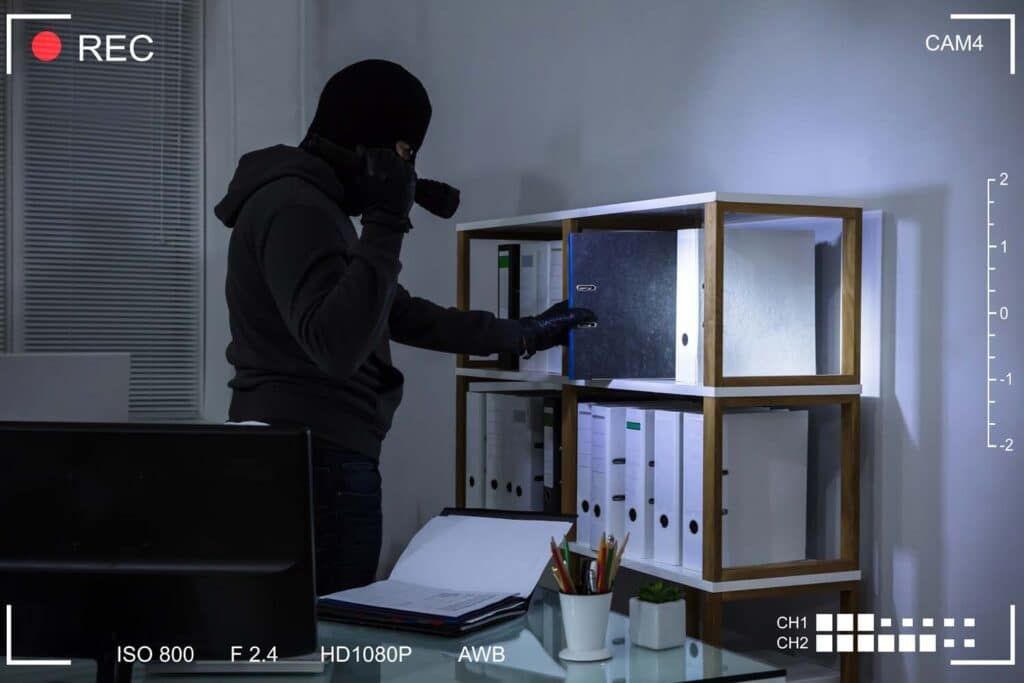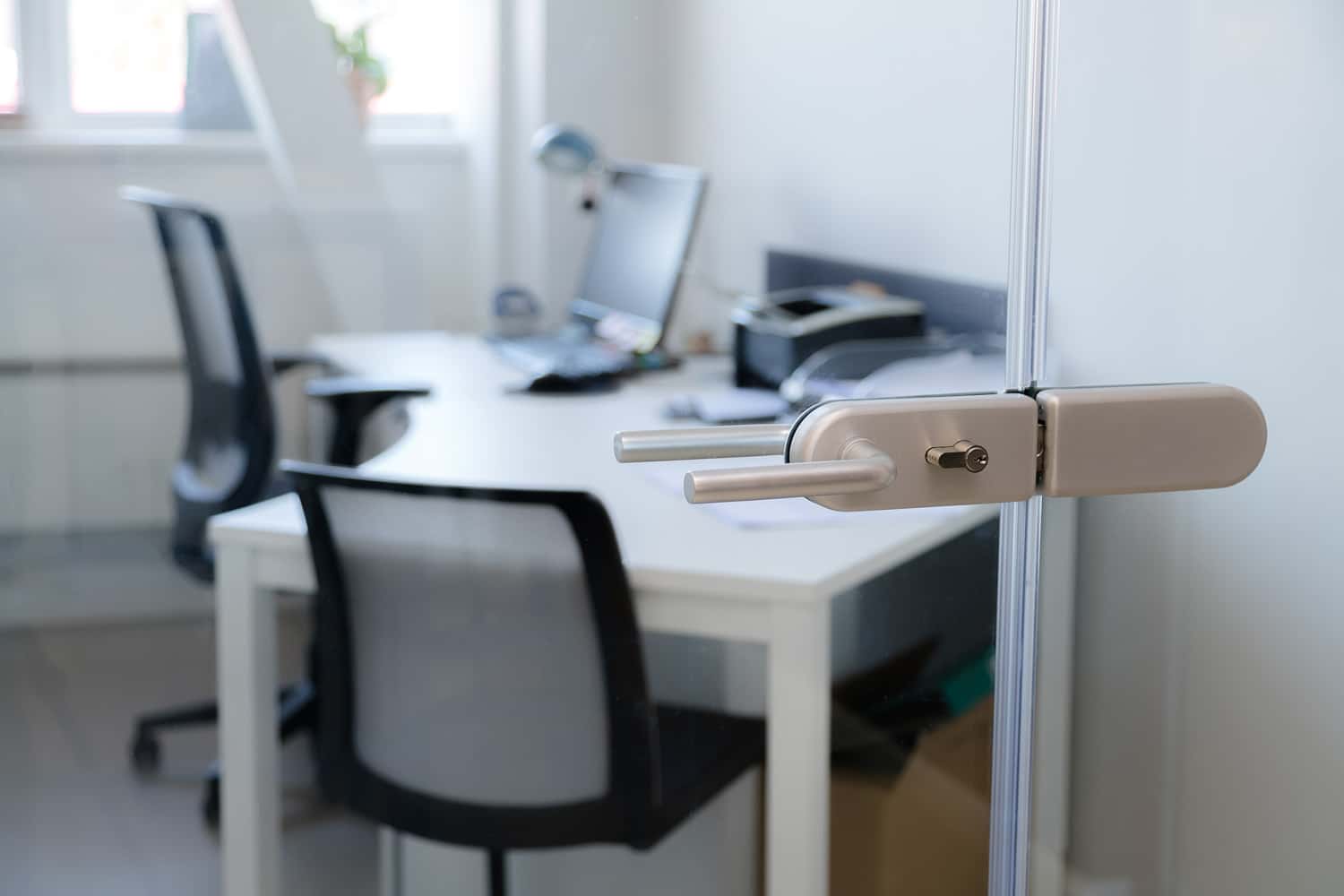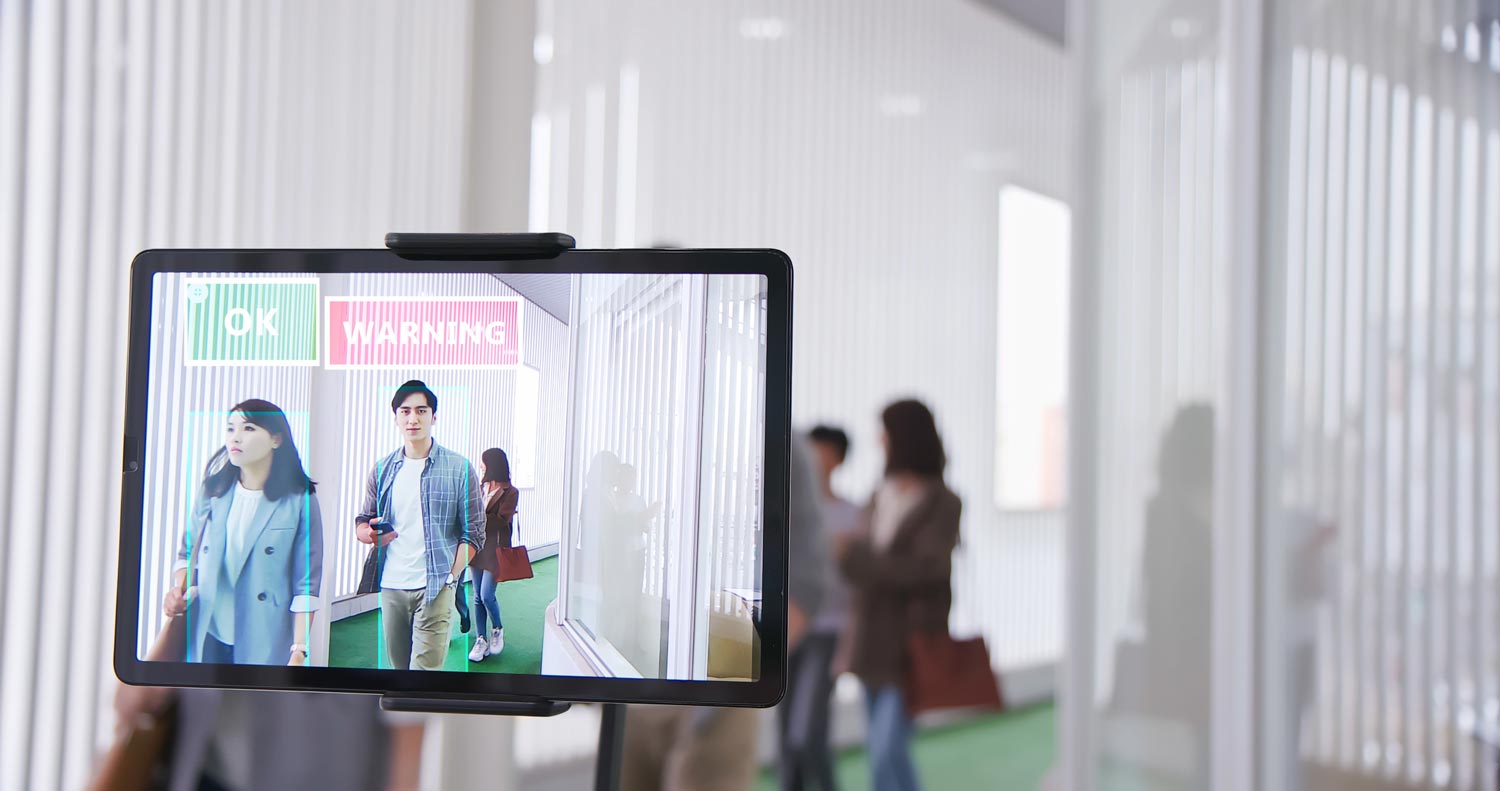A business break‑in happens every 26 seconds in the United States—a chilling reality that amounts to more than a million burglaries each year. In the aftermath of such a breach, how should you respond?
Start with the Authorities
First, call the police. Early notification ensures a faster response for better crime scene preservation. Filing a detailed police report also gives you a record essential for insurance claims. When officers arrive, point out any suspected entry points and property damages. Provide them with a list of missing items, which you’ll also share with your insurance carrier.
Document Everything Thoroughly
After filing the report, document every detail. Take clear photographs of forced entry, broken locks, damaged equipment, and anything out of place. List stolen and damaged items with serial numbers and purchase dates, if available. Include the police report number on all records. This documentation supports your insurance claim and any potential prosecution.
Notify Your Insurance Carrier
Contact your insurer immediately to begin the claims process. Provide your inventory of losses and the police report as quickly as possible. Your policy may even specify deadlines for reporting a burglary. Too, acting quickly can expedite any reimbursement. Ask your adjuster about coverage for forced entry damage or the loss of business income if your operations were interrupted as you cleaned up the mess.
Secure the Premises
Once the police finish their investigation, secure your location. We suggest changing or rekeying locks and repairing or replacing broken windows and doors immediately. Consider installing temporary boarding or reinforced shutters if it will take a few days for those permanent repairs. Move any remaining equipment or documents to a safer location until you’re comfortable that full security is restored.
Communicate Proactively
Transparency helps maintain trust, so inform your employees, vendors, and customers that you experienced a break‑in but have taken steps to prevent future incidents. Tell your staff what happened and explain the steps you’re taking to improve security. Then, outline any new procedures they need to follow. Reschedule any missed appointments or deliveries caused by the break-in. Reach out to affected customers with a clear update on when they can expect service. Reassure them that operations have resumed and that you’ve taken measures to prevent further disruption.
Analyze What Went Wrong — and What Went Right
After a break-in, it’s natural to focus on the failures. However, understanding what worked can be just as important. Start by examining how the intruders gained access. Did they enter through a side door or an unsecured loading area? Determine whether they tampered with locks or alarms or exploited areas that lacked camera coverage.
Look at your surveillance footage. If you captured clear images of the intruder, that’s a success worth noting. Did the cameras record the incident in enough detail to help law enforcement make an arrest? If not, consider what limited their effectiveness. Were the images blurry? Was the lighting too low? Did motion alerts fail to notify you in real-time?
It is also a good time to ask: what aspects of your security held up under pressure? Maybe your access control system limited how far the intruders could go. Perhaps an employee followed the proper protocol when reporting the incident.
Understanding your vulnerabilities and strengths gives you a balanced foundation for improvement. Use what you’ve learned to strengthen your security systems. Reinforce the procedures that worked and address the ones that fell short. This approach reduces your risk of another incident and helps your team respond with greater confidence in the future.
Upgrade Security Systems
Install a multi-angled video surveillance system that covers all access points inside and out. Integrate motion detection lighting on perimeters. Choose surveillance equipment that fits your security needs. Prioritize features that improves visibility in low light, supports offsite video storage, and allows real-time monitoring from a mobile device. Focus on what will provide the most coverage and control for your specific layout.
Train Staff on Security Protocols
Teach your employees how to respond to break‑ins and what security checks to perform each day. Train them to arm the security system at closing time. Instruct them to report anything unusual without delay. Make sure they understand how to check and secure all entry points before leaving for the day. Create clear protocols for emergencies and establish roles so that each person knows what to do.
Build Better Community Partnerships
Take time to engage with neighboring businesses, your landlord, local police patrols, and neighborhood watch groups. Nearby businesses often serve as an extended security network. Make it a best practice to alert each other to suspicious activity and share intelligence on local crime trends. A cohesive community is a harder target for criminals.
Review and Test Systems Regularly 
Once your upgrades are in place, test alarms, locks, cameras, and lighting routinely. These regular checks catch malfunctions early. Consider continuous monitoring services for your surveillance system to help guarantee these tools work when you need them the most.
Plan for Rapid Recovery
Even with great systems, breaches can still happen. Have an emergency recovery plan. Include contact lists for police, locksmiths, security vendors, and your insurance provider. Keep backups of your most critical documents in off-site or cloud storage. Finally, maintain emergency cash to cover temporary business interruptions.
Turn the Break-in into a Turning Point
A break‑in can be devastating, and the way you respond matters. Each step you take will help regain control and protect your business moving forward. Installing a robust video surveillance system offers clear benefits. Look for solutions that detect motion and send real-time alerts. Choose systems that let you monitor footage remotely and store recordings securely for future reference. These tools help you stay informed and prepared, even when you’re off-site.
Cameras play a critical role in protecting your business. They deter many criminals before a crime occurs. When incidents happen, footage can support investigations and lead to arrests. Just as importantly, a visible surveillance presence can reassure your team and customers that safety remains a top priority.
Don’t wait for another incident to expose gaps in your security. Pro-Vigil provides real-time monitoring and smart video solutions tailored to your property. Contact us to take the next step in protecting your business with proven surveillance tools that work when you need them most.
Q&A
When selecting a surveillance system, focus on video resolution, coverage area, storage reliability, and alert integration. High‑resolution cameras capture clear facial and license plate details. Cover all possible entry points including parking lots and loading areas. Choose diverse storage options including on‑site and cloud backup to avoid losing footage. Select systems that send real‑time alerts via mobile notifications for motion or tampering. Inquire whether the system supports remote monitoring, ensuring you can check in from anywhere.
Yes, insurers view video surveillance as a risk mitigation tool. Installing well‑documented security systems, especially those with remote access and recording capabilities, makes insurers more likely to offer lower premiums or discounts. Be sure to provide your insurer with details about camera placement, system features, storage methods, and any monitoring agreements. In case of future incidents, the footage these tools produce can provide undeniable proof and protect you against inflated claims or liability disputes. Over time, these systems can pay for themselves through deterrence and insurance savings.










